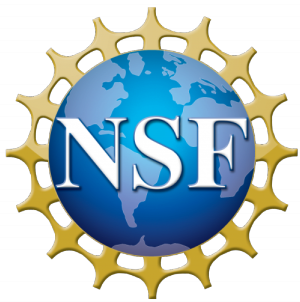December 21st, 2004 | RESEARCH
What makes a science story? Behind the scene there are many choices: what, how and when to broadcast. Decisions are made according to the general criteria of news values to which we add two groups: personal and emerging criteria. General criteria of choices are news values for the science stories. According to Tonner, stories containing human interest are important in everyday life, report less complicate discoveries and science as a part of the broader subject comes to the media easily.
Document
(no document provided)
Team Members
Blanka Jergovic, Author, University of DubrovnikCitation
Identifier Type: issn
Identifier: 1824-2049
Publication: Journal of Science Communication
Volume: 3
Number: 4
Related URLs
Tags
Audience: General Public | Museum | ISE Professionals | Scientists
Discipline: General STEM | Nature of science
Resource Type: Mass Media Article | Reference Materials
Environment Type: Broadcast Media | Media and Technology

